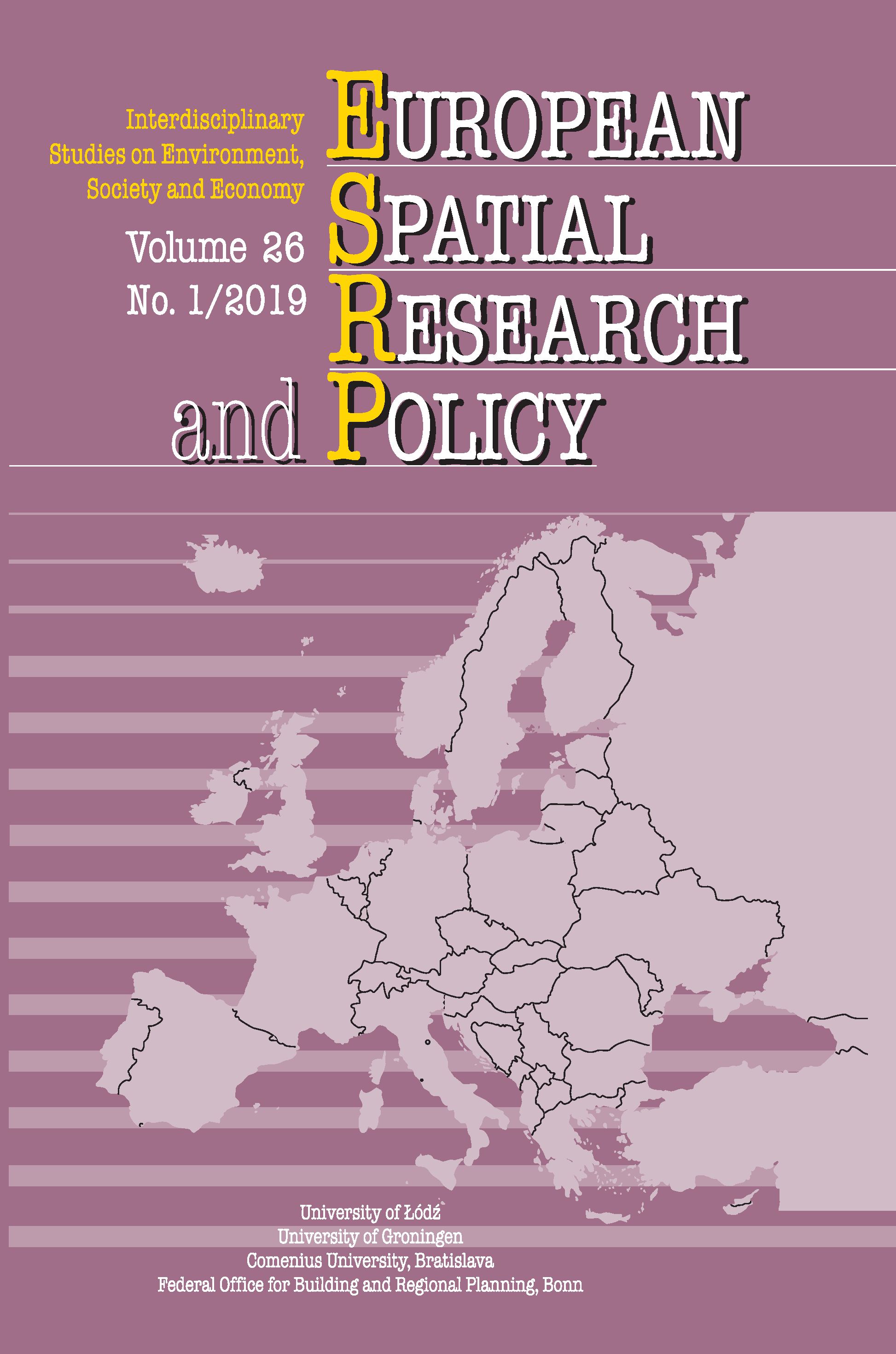Geographical, historical and political conditions of ongoing and potential ethnic conflicts in Central and Eastern Europe
Geographical, historical and political conditions of ongoing and potential ethnic conflicts in Central and Eastern Europe
Author(s): Marek BarwińskiSubject(s): International relations/trade, Cultural Anthropology / Ethnology, Ethnic Minorities Studies
Published by: Wydawnictwo Uniwersytetu Łódzkiego
Keywords: national minority;ethnic minority;border region;separatism;ethnic conflicts;international relations
Summary/Abstract: For centuries Central and Eastern Europe has been the scene of frequent changes of borders and numerous ethnic conflicts. Contemporary ethnic diversity of this region is much smaller, however, the growing nationalisms of the various societies, mutual mistrust, and the temptation of politicians to use ethnic issues in the regional geopolitical competition pose a real threat to the stability and peace in Central and Eastern Europe. The dynamic political, legal, social and economic changes which have been taking place in this part of Europe for three decades now, which overlay its clear civilization division into the Latin and the Byzantine parts and are intensified by historical animosities, must have had an impact on the situation and the perception of minorities. In contrast to Western Europe, the contemporary ethnic diversity of Central and Eastern Europe is primary the consequence of various, often centuries-old historical processes (settlement actions, voluntary and forced migrations, border changes, the political and economic expansion of particular countries), and in the ethnic structure especially dominate the indigenous groups, migrants, particularly from the outside of the European cultural circle, are of marginal importance. Moreover, national minorities are usually concentrated in the border regions of countries, often in close proximity to their home countries, becoming – often against their will – element of the internal and foreign policies of neighbouring countries. The main aims of the article are to explain the threats to peace arising from the attempts to use minorities in inter-state relations and regional geopolitics as well as engaging minority groups into ethnic and political conflicts (autonomy of regions, secession attempts) and still the very large role of history (especially negative, tragic events) in the shaping of contemporary interethnic relations in Central and Eastern Europe. However, the varied ethnic structure typical for this region does not have to be a conflict factor, on the contrary – it can become a permanent element of the identity and cultural heritage of each country.
Journal: European Spatial Research and Policy
- Issue Year: 26/2019
- Issue No: 1
- Page Range: 149-173
- Page Count: 25
- Language: English

